An imprint of Rowman & Littlefield
Distributed by NATIONAL BOOK NETWORK
Copyright 2016 by Nancy Cowan
All rights reserved. No part of this book may be reproduced in any form or by any electronic or mechanical means, including information storage and retrieval systems, without written permission from the publisher, except by a reviewer who may quote passages in a review.
British Library Cataloguing in Publication Information Available
Library of Congress Cataloging-in-Publication Data Available
ISBN 978-1-4930-1770-6 (hardcover)
ISBN 978-1-4930-1837-6 (e-book)
 The paper used in this publication meets the minimum requirements of American National Standard for Information SciencesPermanence of Paper for Printed Library Materials, ANSI/NISO Z39.48-1992.
The paper used in this publication meets the minimum requirements of American National Standard for Information SciencesPermanence of Paper for Printed Library Materials, ANSI/NISO Z39.48-1992.
For Robert S. Gault, Elsie Dietrich Gault, and Margaret Gault Young, who together came to me in a dream and promised Peregrine Spring would be published. And for Jim, who is my past, my now, and my always.
Contents
Acknowledgments
Modern falconers have thousands of years of predecessors to thank for the expertise guiding us today. I have Jim Cowan, who shared his knowledge and love of raptors. Sy Montgomery, Elizabeth Marshall Thomas, and Selinda Chiquoine encouraged me tirelessly. My agent, Jacqueline Flynn, took me under her wing as a sponsor mentors an apprentice. My editor, Holly Rubino, provided, over and over, the one word I had been seeking when I scribed out dozens of sentences to say the same thing. To those with the forethought to take photos through the years, and to magnanimously allow their use, I owe my great appreciation. To countless falconers and to these persons who helped make Peregrine Spring a reality, I am deeply and lovingly grateful.
Foreword
by Sy Montgomery and Elizabeth Marshall Thomas
Nancy Cowan and her hawks opened the sky to us.
We had both known birds before. Wed lived with cockatiels, chickens, lovebirds, parrots. And we had both studied and been stalked by predators. In the course of our work, one of us was followed by a leopard; the other was hunted by a swimming tiger. But before meeting Nancy, neither one of us knew what it was like to hold a lightning storm, a waterfall, a flaming comet on our gloveand then watch that fiery force fly from us to pierce other birds like an arrow.
Falconry, Nancy told us, is not just a sport, but an art, a science, and a passionone that very few people understand. Some people think, Nancy owns this bird, so its a pet, Nancy said. Or they have a mystical outlook: This bird loves me.
Some people see the bird as an ornament, Nancy continued. They are thinking how cool they will look with one on their arm. But, she explained, the only people who really understand birds of prey are people who have worked with them for a long time. And every time I work with them, I learn something new. You accept that your life will be changed by being a falconer.
Nancys relationship with her birds is utterly different from that of a person and her pet. Its a partnership unlike any either of us have experienced with any other animal, tame or wild. And yes, it changed our lives.
It will change yours, too. You, lucky reader, are about to learn the extraordinary story of a master falconer who not only changed our lives, but made New Hampshire history. Nancy and her amazing husband, Jim, made falconry legal in our state and established the New Hampshire School of Falconry. On a cool, gray, mid-October day, Sy became her first student.
That first lesson was a revelation. From the shocking strength of the grip of the huge yellow feet of the Harriss hawk on the glove, to the sharpness of the ebony talons, to the devouring look in the huge, mahogany eyes, nothing you can hold so close can embody the spirit of wildness, the pure fire of instinct, as a hawk. Nancy told us that day these birds dont think the way we think; they dont learn the way we do.
To be in the gripping gaze of that bird was like looking directly into the sun, Sy wrote to our mutual friend, the poet Howard Nelson. Nancy showed us how hawks live through their eyes even more than we do. And when hooded, its like their souls are turned off. You take off the hood and the soul returns to the bird. They are all pure instinct. They live utterly, purely, densely in the moment, here, now, and nowhere elsebecause really there is nowhere else.
That first lesson, October 18, 2005, led to dozens of others. Sys beloved chickens prevented her from keeping a hawk herselfbut did not dim her love of these incandescent beings, or from spreading the word about Nancys School of Falconry. She wrote about Nancy in her book, Birdology , and also brought Liz to take lessons as well.
Liz came for the first time in January 2006. She loved it. You start by wearing a long, heavy glove on your left hand, in which you grasp some kind of bait such as a dead baby chick. You must then turn your back to the hawk, extending your gloved arm. When the hawk lands, you bring your arm around so you and she can face each other, but before that you should watch her approach in case she does something unexpected. So you must turn your face away and watch from the corners of your eyes because your eyes should be as far from her oncoming claws as possible.
Nancy explained why. That is how many hawks kill their prey, she said in a casual manner, forcing their talons through the skull via the eye socket into the brain. If they think there is any chance the food might go away, they fly into your face and go for your eyes.
A statement like that gets ones attention. Perhaps a little scared, Liz followed Nancys instructions. She turned her back so her face wouldnt get involved, took care to look over her shoulder, used her peripheral vision to spot the hawk who was in a tree, and only then held out her gloved arm. The hawk spread her wings and flew toward her.
The Harriss hawks name was Fire. She was the issue of a dinosaur like Tyrannosaurus rex who walked on its hind legs but was smaller. When this marvelous female landed on Lizs arm, her dinosaur claws gripped the glove. She found the bait and gulped it. She then turned to see whose glove she was gripping and saw a flat, naked face with no fur or feathers and a pair of plain-looking eyes much like those of any other animal. The face was in motionthe lips slightly parting, the nostrils slightly quivering, the eyebrows slightly raising, and the plain-looking eyes opening wide. The owner of the face seemed entranced.
Liz, in contrast, saw a hooked beak, two static nostrils, and magnificent shining eyes that could see for miles and seemed to have the world inside them. But like the dinosaur that made this hawk, a bird has no muscles in its face, and Fires expression showed nothing.
Of course Liz wanted more. Please, Gaia , she begged , Im just a mammal. Everything I know comes from watching other faces. But heres this hawk whose face doesnt move. How can I understand her?


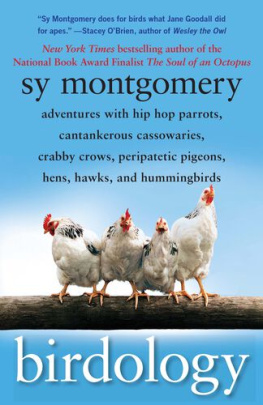
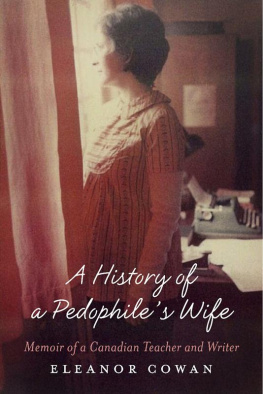
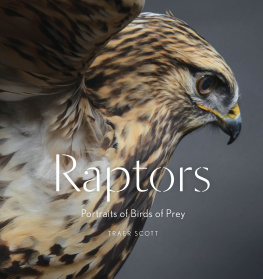
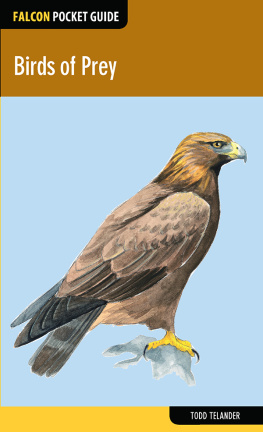

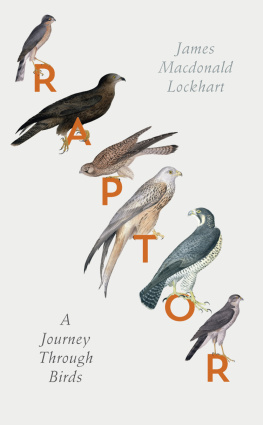
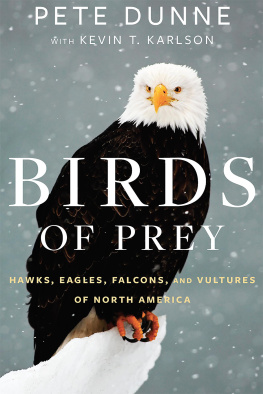
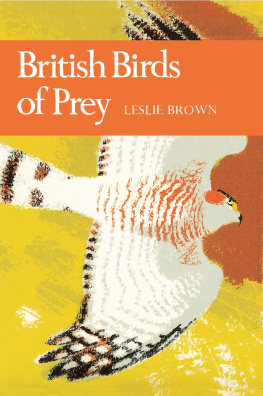

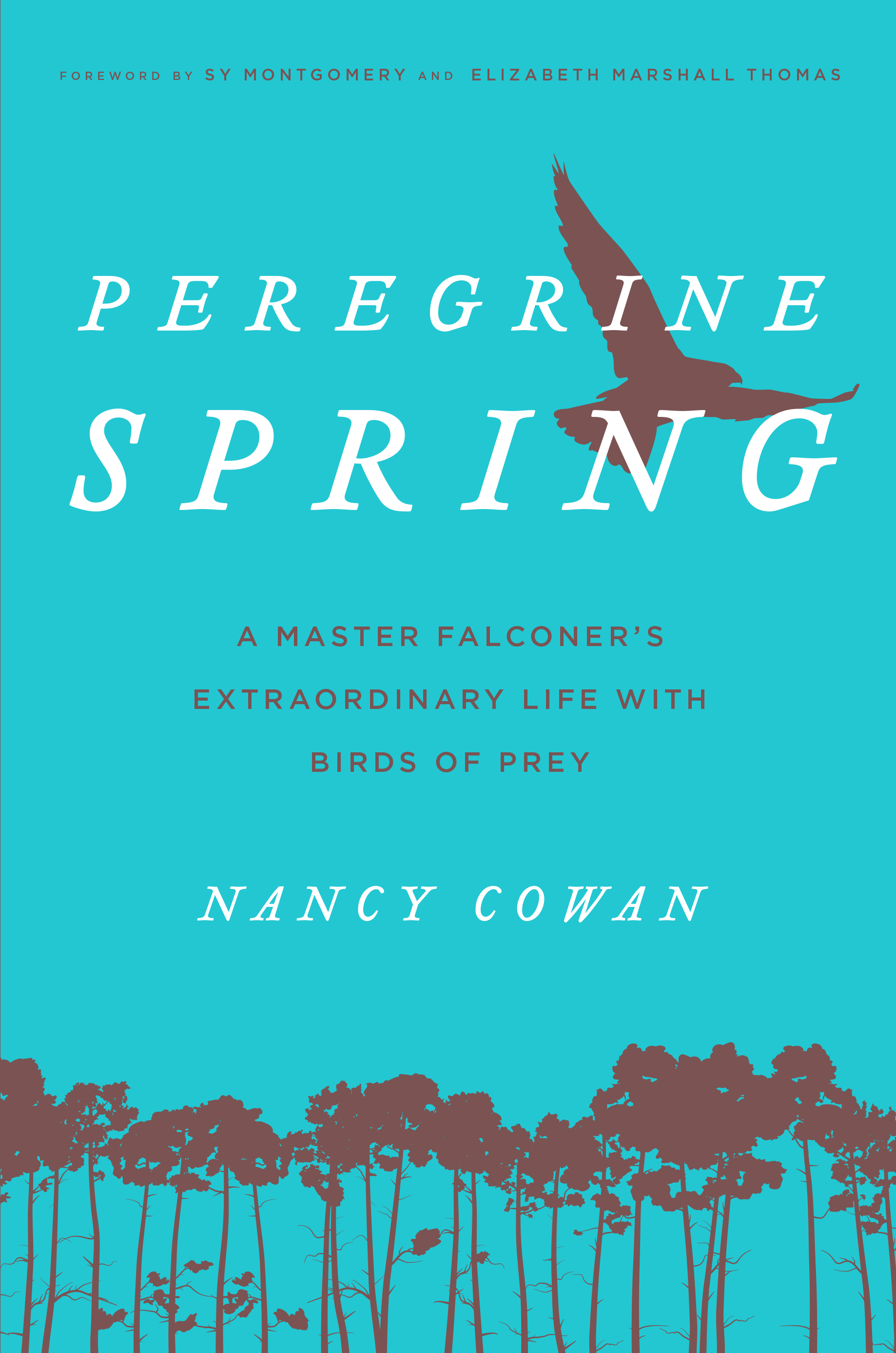
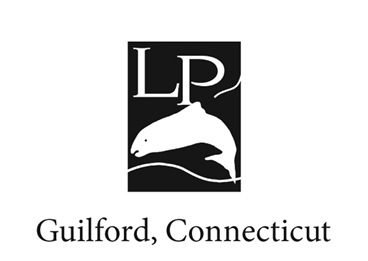

 The paper used in this publication meets the minimum requirements of American National Standard for Information SciencesPermanence of Paper for Printed Library Materials, ANSI/NISO Z39.48-1992.
The paper used in this publication meets the minimum requirements of American National Standard for Information SciencesPermanence of Paper for Printed Library Materials, ANSI/NISO Z39.48-1992.